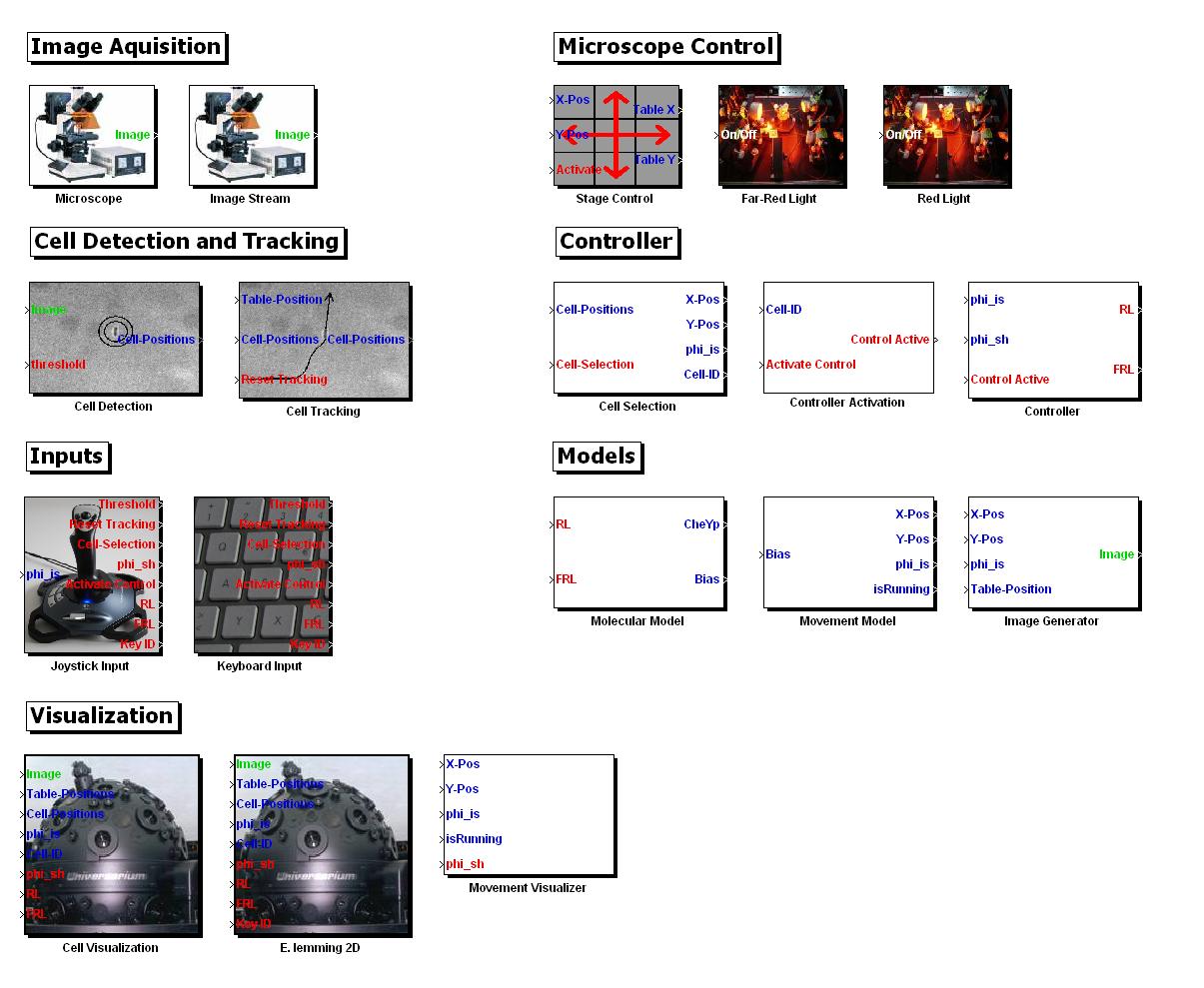Team:ETHZ Basel/Achievements
From 2010.igem.org
(→BioBrick Toolbox) |
(→BioBrick Toolbox) |
||
| Line 7: | Line 7: | ||
<div class="thumbcaption"><div class="magnify"><a href="http://www.youtube.com/watch?v=NThlEict4f4&hd=1" class="external" title="Enlarge"><img src="/wiki/skins/common/images/magnify-clip.png" width="15" height="11" alt="" /></a></div><b>Short movie of an E. coli cell switching between the tumbling and the straight swimming modes.</b>.</div></div></div></html> | <div class="thumbcaption"><div class="magnify"><a href="http://www.youtube.com/watch?v=NThlEict4f4&hd=1" class="external" title="Enlarge"><img src="/wiki/skins/common/images/magnify-clip.png" width="15" height="11" alt="" /></a></div><b>Short movie of an E. coli cell switching between the tumbling and the straight swimming modes.</b>.</div></div></div></html> | ||
== BioBrick Toolbox == | == BioBrick Toolbox == | ||
| - | Being now BBF RFC28 experts, we highly recommend you to check out our BrickBox collection comprising of proteins used for chemotaxis, cellular anchoring, light sensing and fluorescent reporting. We also gave a lot of thoughts how to make BBF RFC28 (method for combinatorial multi-part assembly based on the Type II restriction enzyme AarI) compatible with Tom Knight's OAS standard. | + | Being now BBF RFC28 (cloning strategy for combinatorial multip-part assembly [http://dspace.mit.edu/handle/1721.1/46721] ) experts, we highly recommend you to check out our '''BrickBox collection''' comprising of proteins used for chemotaxis, cellular anchoring, light sensing and fluorescent reporting. We also gave a lot of thoughts how to make BBF RFC28 (method for combinatorial multi-part assembly based on the Type II restriction enzyme AarI) compatible with Tom Knight's OAS standard. |
| - | Also about the characterization of our parts you will find more information on this page. | + | Also about the '''characterization of our parts''' you will find more information on this page. |
| - | Don't forget our favourite parts including the light sensing couple PhyB-Pif3 and the Archaeal light receptor! | + | Don't forget our '''favourite parts''' including the light sensing couple PhyB-Pif3 and the Archaeal light receptor! |
== MATLAB Toolbox (Lemming Toolbox) == | == MATLAB Toolbox (Lemming Toolbox) == | ||
Revision as of 12:23, 26 October 2010
Achievements Overview
BioBrick Toolbox
Being now BBF RFC28 (cloning strategy for combinatorial multip-part assembly [http://dspace.mit.edu/handle/1721.1/46721] ) experts, we highly recommend you to check out our BrickBox collection comprising of proteins used for chemotaxis, cellular anchoring, light sensing and fluorescent reporting. We also gave a lot of thoughts how to make BBF RFC28 (method for combinatorial multi-part assembly based on the Type II restriction enzyme AarI) compatible with Tom Knight's OAS standard.
Also about the characterization of our parts you will find more information on this page.
Don't forget our favourite parts including the light sensing couple PhyB-Pif3 and the Archaeal light receptor!
MATLAB Toolbox (Lemming Toolbox)

As a result of our efforts to make all our computer based tools & algorithms modular and re-usable, we have assembled the entire in-silico setup of the E. Lemming into a MATLAB toolbox. This includes the following Simulink modules that encapsulate the algorithms we used.
- Image aquisition - to receive images either from a microscope (live image stream) or to work with saved images in a storage device
- Cell Detection & Tracking - to detect cells in the image streams and keep track of their trajectories through out the image stream
- Microscope control - to adjust the position of the stage to capture the cells properly, to shine red/far-red light on the cells to influence their movement
- Input devices - to capture inputs from a joystick or a keyboard
- Controller - to select a cell & to drive it to a target
- Models (for simulations)
- Molecular Model - capturing & integrating the biological pathways (chemotaxis pathway & the light switch) into the simulations
- Movement Model - simulates the motion of the E .lemming
- Image generator - to generate a realistic look & feel for the simulations
- Visualization
- Cell Visualization - outputs the visuals combining the microscope images and the outputs of above Simulink blocks
- E. lemming 2D - the game
The complete toolbox can be [http://sourceforge.net/projects/ethzigem10/files/LemmingToolbox_Setup.zip/download downloaded here]. Please visit the MATLAB Toolbox page for further information
 "
"


